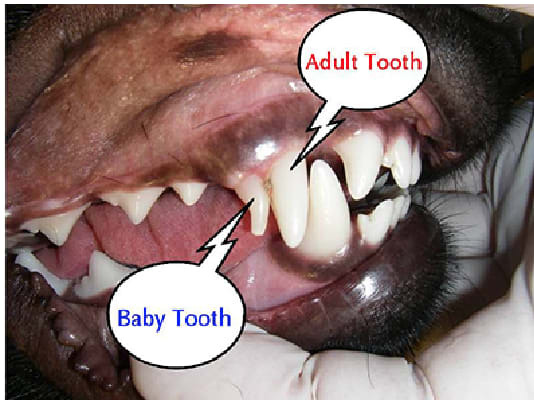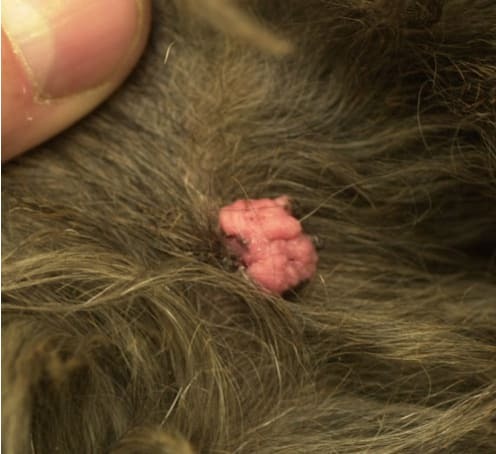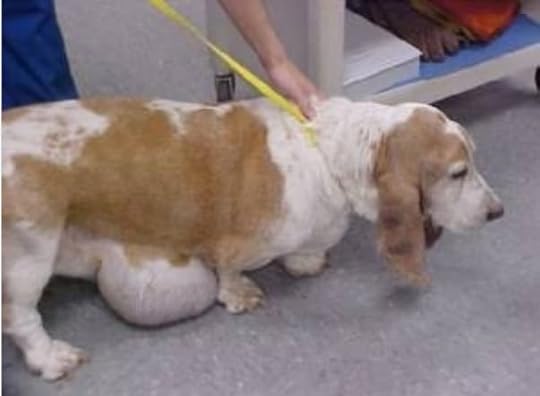Determining a Dog's Age
How can you tell the age of a dog? The short answer is, easier said than done! Unlike horses, whose teeth have a lifetime of distinctive age-related changes, a dog’s teeth are a reliable indicator of age only for the first 4 to 6 months of life. Beyond 6 months, it’s mostly guesswork.

Here are the few known indicators of the canine aging process.
Speaking for Spot - Dr. Nancy Kay is a reader-supported publication. To receive new posts and support my work, consider becoming a free or paid subscriber.
The teethHere is the puppy dental timeline:
2-4 weeks of age: Deciduous (baby) teeth emerge through the gums. These teeth are small and needle sharp—if ever you’ve had a puppy, you undoubtedly know this.
5-8 weeks of age: All 28 baby teeth are present.
3-6 months of age: Puppies lose their baby teeth, and in come the adult teeth (incisors first, then premolars and canines).
6-7 months of age: All 42 permanent adult teeth are present, clean, and white. These teeth are larger and less sharp than the baby teeth. Sometimes, particularly in smaller breeds, the baby canines don’t fall out, even when the adult canines have grown in (see photo below). In such cases, a veterinarian should remove them in order to prevent issues caused by crowding.

6-12 months of age: The teeth are usually pearly white with no evidence of wear.
12 months of age and older: It’s anyone’s guess. Some dogs develop brown tartar at breakneck speed. Others accumulate very little throughout their lives. The same is true for the amount of wear on the teeth. A dog with worn molars and dental tartar might be 3 or 7 or 12 or anything in between.
Inexact age-related changes in the eyesHave you ever noticed the bluish gray color of an older dog’s pupils? Cataracts that form within the lens of the eye can cause this change. But most of the time, a process called lenticular sclerosis (aka, nuclear scerosis) is at work. Most dogs show this age-related change by 8 years of age or so.
The lens sits directly behind the iris (the colored part of the eye). It is crystal clear, which is why the pupil appears black. Cataracts block the transmission of light to the retina.
Lenticular sclerosis “muddies” vision, but doesn’t block light transmission to the retina. Veterinarians can readily differentiate cataracts from lenticular sclerosis.
Lumps and bumpsBenign lumps and bumps often develop in dogs beginning at approximately 6 years of age. The two most common are:
Sebaceous adenomas: These small, warty-appearing skin growths result from blockage of ducts that carry sebum to the skin surface. Smaller dogs are especially prone- miniature and toy poodles reign supreme when it comes to this age-related change. Sebaceous adenomas don’t need to be removed unless they’re growing rapidly, the dog is bothering them, or they get in the way of grooming clippers.
 Sebaceous adenoma
Sebaceous adenomaLipomas: These benign fatty tumors develop beneath the skin. They can occur anywhere, but their favorite places to grow are the armpit, the inguinal region (the crease between the upper thigh and the belly wall), and along the body wall. They should be removed if they are growing rapidly or interfering with leg motion. Without surgery, some lipomas become huge, as in, “Look at that dog attached to a tumor.” The goal is to remove them before they get too big for surgery.
 Large lipoma
Large lipomaSo, if I examine a dog with lenticular sclerosis and sebaceous adenomas or lipomas, I can say with some certainty that the dog is at least 8 years old. Aging a mature dog without a birth certificate is difficult indeed!
Best wishes to you and your four-legged family members for abundant good health,
Dr. Nancy Kay
DrNancyKay.com
Speaking for Spot - Dr. Nancy Kay is a reader-supported publication. To receive new posts and support my work, consider becoming a free or paid subscriber.



